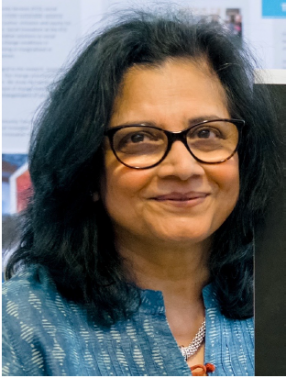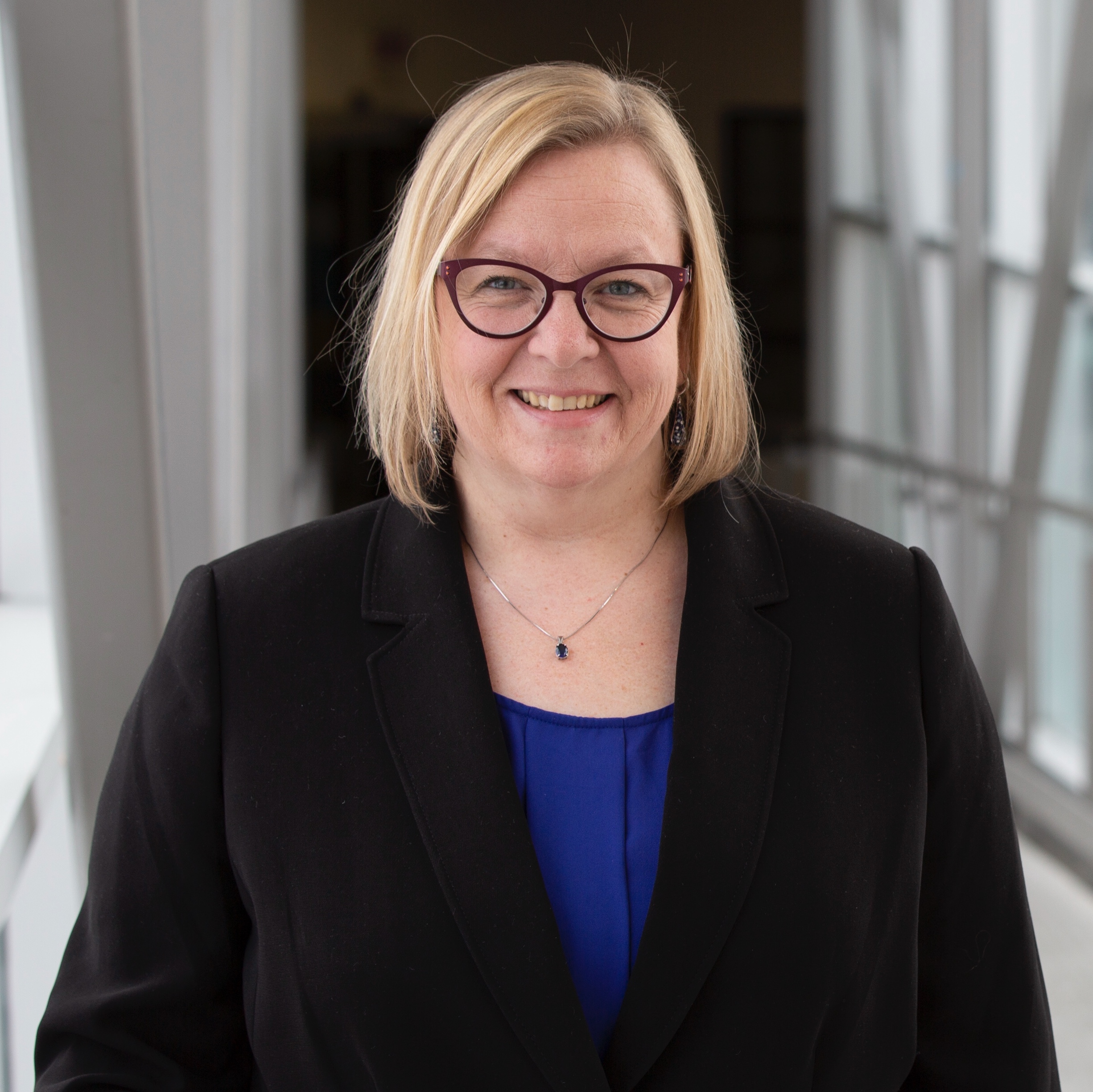A Note from the Authors

Dear Reader,
When we conceived of this project in the Fall of 2018, we had no idea that we would be completing this publication in the midst of the first global pandemic in more than a century. We are also keenly aware that the social isolation measures to contain the COVID-19 virus have intensified the risk for many women globally (Campbell, 2020), as they are forced into isolation with their abusers during a time of emotional intensity and much uncertainty. A scan of the literature[1] from the beginning of 2020 reveals that there is a growing level of awareness of this risk, and a willingness to provide different types of resources to meet the needs of women and children who find themselves in these high risk situations.
During the month of April 2020, the United Nations Secretary General, Antonio Guterres, called for urgent action on the issue of domestic violence by world leaders, recommending that countries ensure shelters are deemed essential services; that they invest in online services and outreach groups, and set up emergency warning systems in pharmacies and grocery stores (Sachedina & Forani, 2020). In a survey done between March 29 and April 3 by Statistics Canada, one in 10 Canadian women is “very or extremely concerned about the possibility of violence in the home” while self-isolating (Government of Canada, 2020a). Petra Molnar, Acting Director of the international human rights program at the University of Toronto shared that offering solutions is “tough because it highlights how limited our societal supports are for people going through domestic violence” (Gerster, 2020). Those support gaps become even more apparent when the people who find themselves in situations of domestic violence are from marginalized communities, like immigrants and refugees (Gerster, 2020).
And there has been a response: an increased awareness, in Canada and globally, as individual and governments recognize the increased vulnerability and risk of women and children because of social isolation. In some countries, like Belgium and France, victims of domestic violence have been given housing in hotels when shelter spaces were exhausted (France24, 2020; Gogin, 2020). In Canada, Prime Minister Justin Trudeau announced that the government will contribute $40 million to Women and Gender Equality Canada. About $30 million of that will go to more than 500 women’s shelters and various sexual assault centres across the country. The remaining $10 million will go to Indigenous women and children’s shelters (Government of Canada, 2020b). In the Province of Ontario, a $4-million dollar, one-time emergency payment, was announced by the Attorney General that will help more than 50 agencies across Ontario, including victim crisis assistance organizations, Indigenous organizations and those based in rural areas- to help them stay operational and accessible (Patton, 2020).
Despite increased awareness and increased funding, the fact remains that those who are most vulnerable will remain most vulnerable. Boseveld (2020) suggests that “The reality is, though, that the pandemic is only highlighting an existing problem. Gender-based violence was already a critical emergency in this country—COVID-19 is causing cracks exactly at the pressure points that advocates have long pointed out, and that governments have long failed to meaningfully address”. Investments are being made as a measure to prevent catastrophic results. This is an important step to protect the many women and children who are at risk in this environment of self-isolation. It also needs to be more than just a stop-gap measure in a time of great need. It needs to be the first of many steps to invest in, and create change in our systems and services that support families and communities so that they are more responsive to the diverse needs, and especially to the needs of those who are most vulnerable within our communities.
As the creators of this book we felt that apart from contextualizing this book historically, it is important to individually locate ourselves in relation this book. Each of us comes to this project with a very different set of experiences and lenses. Below, we reflect on our own subject location in relation to the stories of the women shared in this book.
Purnima George

My association with domestic violence in Toronto started 14 years ago with the supervision of a South Asian graduate student’s thesis on exploring effective response to domestic violence for South Asian women in Toronto. Being an activist academic from India, I felt responsible to engage with issues of my communities in Canadian context. This experience and contacts with community members led to a request from South Asian activists, lawyers and practitioners to use my academic privilege and provide a critical and a culturally appropriate perspective on domestic violence. There was an urgent need felt for doing this work based on the negative media publicity and culturalization of domestic violence happening then in South Asian communities, by the mainstream society. I was once again called upon to act, to stand up for and to push for change through research. The two published papers of this research have brought forward the voices of survivors, practitioners, lawyers and activists who have challenged the culturalization of violence happening in the GTA at that time and have also provided an insight on an effective response to addressing domestic violence in the South Asian communities. I bring these insights to the current project in understanding the domestic violence experience of racialized women with varied immigration status.
Though the journey that began fourteen years back was accidental, the commitment was intentional, of that of standing with and for immigrant women similar as me. Even though I started this journey as a privileged outsider, during the journey, my status changed to that of an insider when I was called upon to ‘walk the talk’ (to practice what I was writing) and denounce the domestic violence happening in the life of a loved one in the family. Similar as my life, my hope is that reading these cases ignites a fire and encourages you to commit yourselves to end domestic violence.
Archana Medhekar

As I reflect on the journey of our research project, I realize that it is intertwined with my own experiences as an internationally trained woman lawyer. Storytelling is primal, but very powerful. Stories can connect us and allow us to make better sense of the world around us. I believe that these case studies are the stories that represent the human face to the problem of Domestic Violence (“DV”) faced by immigrant women.Serendipity led my career path towards the legal profession almost 25 years ago. In India, I was immersed in the world of science. I loved the sport of cricket and played for my university’s women’s cricket team. One of my teammates was set ablaze publicly by her boyfriend – pouring kerosene on her body in a broad daylight- when she refused to marry him. This incident shook me to the core, and ignited my passion to pursue law school and work on gender-based violence issues. Law is an effective instrument of social change. While practicing in India I was passionate about using this instrument in creating an equal and just society. When I immigrated to Canada, I was a “No Name” immigrant until I re-qualified as a lawyer. In a short time, my family litigation practice was full of cases involving the vulnerable population such as immigrants, refugees, and non-status women and children. I worked on numerous complex family law matters, representing victims of domestic violence and on child protection matters. The family cases invariably intersected with immigration and criminal law and encompassed the lives of many children.
These clients were not ‘ideal clients’ for a lawyer. They were ‘difficult clients’ who were loud, demanding, hard to engage, unpleasant, but deserving. I listened with empathy and had compassionate conversations. To win their trust I needed a bigger frame of reference than my own experiences. Many clients presented with complex international issues involving parallel litigation in another country. Some cases required expert evidence which was not affordable to these women. The women I represented sometimes faced harmful religious and cultural practices and pressure from the community to stay in their abusive relationships. This was in addition to the other issues that often co-existed such as trauma developed from fleeing from civil war and forced migration, issues related to sexual orientation, and mental health. Many reported ongoing safety concerns post-separation which impacted their psychological well-being. The adversarial system demanded documentary or other corroborating evidence to prove their case, which was not always available or easily accessible. These cases would be screened out of the alternative dispute resolution mechanisms.
Individuals knocked at the door of a courthouse as a desperate call for a resolve, when the policies for prevention or early intervention proved to be inadequate. One common theme in every DV case was abuse in a safe place called ‘home’ at the hands of the most trusted family member. As these women struggled to reveal the details of their intimate relationships, telling these stories was the beginning of the closure they needed.
Social Justice Advocacy and the business of law are often at odds with each other. I developed a hybrid model of a private law practice. I worked with a team of interdisciplinary support professionals and we brainstormed solutions together, eventually empowering women to make their own decision. I watched them heal, build resilience and witnessed their journey from being a victim to becoming the survivor.
There is an urgent need to use a human rights-based approach to create a gender-responsive justice institutions and need to take collective action to tackle the issue of DV. These case studies could be used to better understand the client needs and create a better outcome for survivors and children affected by DV.
I will remain indebted to my fellow researchers for our lively debates and this interdisciplinary project between the fields of law and social work. The unwavering support of my family – including my parents, husband, and son – has made it possible for me to throw myself wholeheartedly into such demanding work. Maya Angelou’s words will continue to inspire me “Do the best you can until you know better. Then when you know better, do better.”
Bethany Osborne

For the last two decades, I have had the privilege of working with women who have experienced different forms of violence. It might seem odd for me to term my experience in this work as a privilege- though I wish I lived in a world where violence did not exist, because that is not a reality, it is a privilege to be able to support those who are coming out of situations of violence. My work in a number of different communities has involved seeking solutions and finding ways for women to tell their stories with the end goal, that change will happen, and that perpetrators will no longer be able to commit acts of violence with impunity.
From 2011-2014, I was the Research Coordinator for a project called the Migrant Mothers’ Project , a project that used participatory research methods to examine how immigration policies contribute to different forms of gender-based violence. One part of the research study involved interviewing women with precarious immigration status and discussing their experiences of violence. So often it was domestic violence that drove them to flee their countries of origin, and once they found themselves in a safe country, the immigration policies in Canada told them that their experiences were not legitimate, and often forced them to live ‘illegally’. In a number of cases, their country of origin was declared a ‘safe country’ by the Canadian government through the Designated Countries of Origin Policy[2].
What I have learned, working with women who have experienced domestic violence is that for women who are caught in this cycle of violence, the concept of safety or ‘safe country’ feels like it is a privilege that does not apply to them. Living with violence can feel so isolating and that is one of the greatest tools of the perpetrator of the violence.
It was a privilege to work on this project, to work with the research team who were committed to seeing this project come into being. The cases that you will read in the pages ahead are all cases that involved women that Archana Medhekar provided legal counsel to as they sought to extricate themselves and their children from situations of fear, deprivation and isolation. What I learned from each of these women is that what exists at the end of a legal proceeding in Family and/or Criminal Court does not immediately look like success. Sometimes women are left in precarious financial situations or need to deal with the mental health impacts of the violence and the legal proceedings, and they often are left supporting their children as they process their trauma from the abuse. However, the success lies in the fact that they were able to leave, that they found support and that they are able to move forward into a new reality where they have the freedom to live without violence, and can continue to make choices that benefit themselves and their families.
Ferzana Chaze

As an immigrant woman myself, it is difficult to hear stories of domestic violence in immigrant communities. There is the awareness that, as immigrants, the women in these case studies and I share many similarities that increase vulnerability to DV. The separation from friends, family and support system; financial insecurity after immigration; changes in family roles and relationships; parenting challenges and racialization are common to many immigrants. Some of the women in these case studies did experience privilege in terms of language proficiency and education. These privileges did not, in the end, protect the women from experiencing domestic violence. “This could have been me” is a thought that often crosses my mind, as I am sure it will be, of many of the immigrant women who read and engage with the stories in this book.
As an immigrant from India, the frequent association of domestic violence with South Asian cultures is of particular concern to me. Undoubtedly, certain cultural practices prevalent in South Asian communities or other communities, are oppressive to women. What is problematic, however, is the blanket association of a particular culture or religion with domestic violence. My past research (Chaze, 2017) examined how media accounts of South Asian immigrant families highlight and amplify the negative role of culture and religion in these communities. Such media accounts serve to underline perceived differences between South Asian immigrants and other “Canadians” which, in turn, allow for institutional control or regulation of these differences. In the case of DV, while it is important to acknowledge and resist/reject harmful cultural practices, it is also important to explore and highlight the potential benefits and applications of other cultural practices (for example, involvement of extended family in marital relationships) to intervene in domestic violence.
Over the years, as a social work practitioner, researcher and educator I have encountered many stories of DV. I am deeply disturbed by the oppression immigrant women encounter in their homes, and in the process of seeking help to deal with domestic violence. I am thankful to the participants who have allowed us to share their stories through this book. They are resilient, strong women who have fought, often against all odds, to escape DV and to carve out a different future for themselves and their children. It is my hope that their stories will help to shed light on some of the intersecting oppressions experienced by these women, and to pave the way for systemic and institutional changes that can make a difference in the lives of immigrant women experiencing domestic violence.
We would like to end by saying that violence casts a long shadow, but as social service and legal practitioners, as educators and future practitioners, we have the opportunity to support women, to educate ourselves about the different challenges that racialized immigrant women face when they find themselves in a situation of domestic violence and try to navigate the system, finding resources to support themselves and their children. This text provides both context, considerations and resources, to support you as you think about your role.
Thank you,
Ferzana, Bethany, Archana and Purnima
Media Attributions
- Image of a fountain pen writing on a paper is licensed under a CC0 (Creative Commons Zero) license
- Archana Medhekar
- Ferzana Chaze
- This review of literature has included newspapers, magazines, academic journals and government websites ↵
- The Designated Countries of Origin (DCO) policy was in effect from December 15, 2012- May 17, 2019 and designated particular countries as those that did not normally produce refugees and respect human rights and offer state protection. It was meant to deter abuse of the refugee system by people who come from countries generally considered safe. Refugee claimants from these countries had their claims processed faster. More information about this policy can be found at: https://www.canada.ca/en/immigration-refugees-citizenship/services/refugees/claim-protection-inside-canada/apply/designated-countries-policy.html ↵
Refugee is a term used for, “a person who flees to a foreign country or power to escape danger or persecution” (Merriam-Webster Dictionary, n.d.). A Convention Refugee is an individual that is required to leave their country of residence out of fear. Specifically, if the fear is based on discrimination due to an individual’s race, religion, political opinion, nationality, or social group.
These are the actions and activities which take place during a legal dispute. It is a blanket term that defines the entire legal process from beginning to end. This could also refer to a specific type of hearing or trial (Justice Education Society, 2019).

